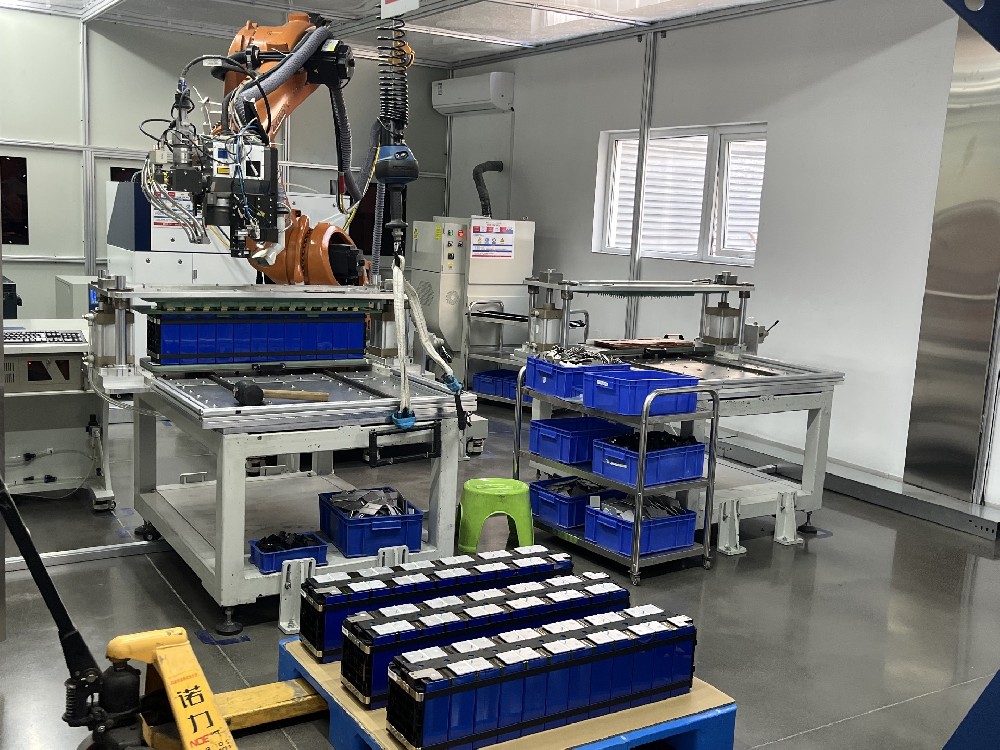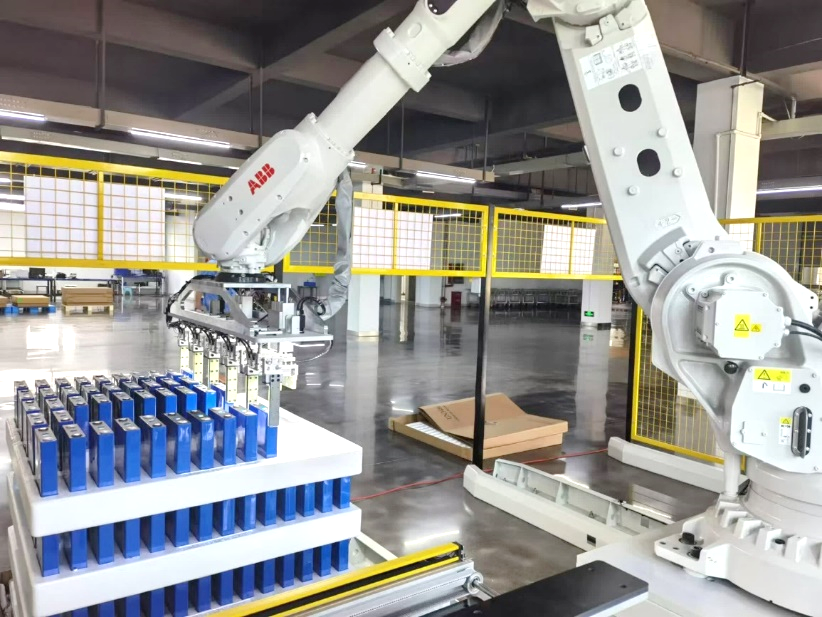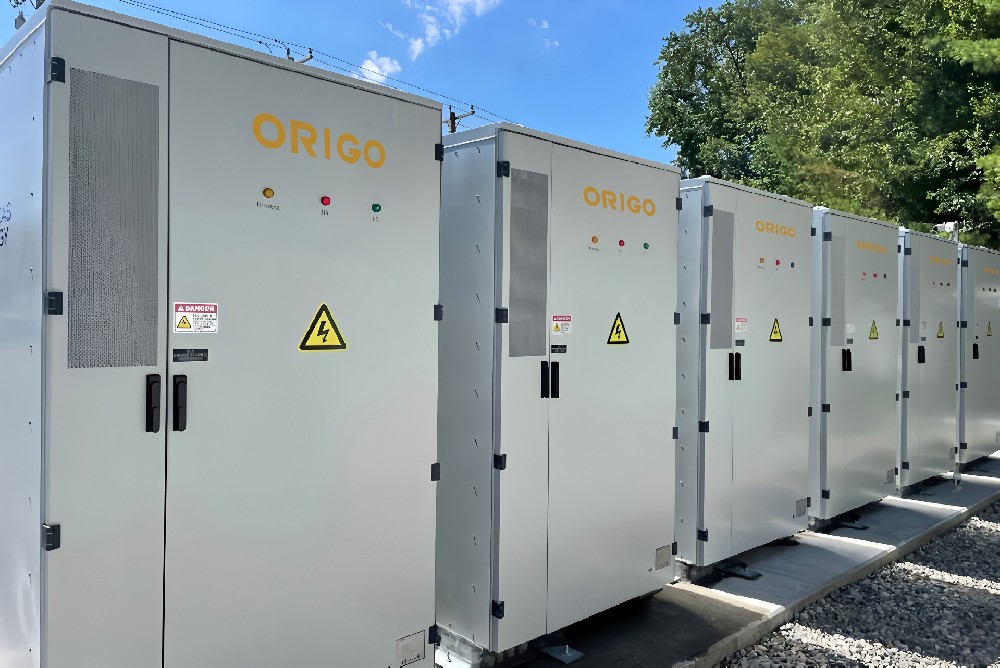Lithium-Ion Battery Care Guide
II. Temperature failure
1. Thermal management failure
Heating failure (heating plate): Failure cause: ① Heating relay or BMU failure; ② Heating plate or relay power supply circuit abnormality.
Handling method: ① Repair or replace heating relay or BMU; ② Check and repair power supply circuit.
Heating failure (fan): Failure cause: ① Fan relay or BMU failure; ② Fan or relay power supply circuit abnormality.
Handling method: ① Repair or replace fan relay or BMU; ② Check and repair power supply circuit abnormality.
2. High temperature
Failure cause: ① Temperature sensor failure; ② LMU failure; ③ Abnormal electrical connection and local heating; ④ Fan is not turned on and heat dissipation is poor; ⑤ Close to heat sources such as motors; ⑥ Overcharge.
Treatment method: ① Measure the resistance value of the temperature sensor and compare it with the displayed value. If the actual value is lower than the displayed value and is the same as other temperature values, calibrate the LMU temperature value with the actual value as the standard; ② Tighten the electrical connection points and clear the foreign objects at the connection points; ③ Ensure that the fan is turned on; ④ Add insulation materials to isolate from the heat source; ⑤ Suspend operation for heat dissipation; ⑥ Stop charging immediately; ⑦ Replace LMU.
3. Low temperature
Fault cause: ① Temperature sensor failure; ② LMU failure; ③ Local heating plate abnormality.
Treatment method: ① Measure the resistance value of the temperature sensor and compare it with the displayed value. If the actual value is higher than the displayed value and is the same as other temperature values, calibrate the LMU temperature value with the actual value as the standard; ② Check and repair the heating plate; ③ Replace LMU.
4. Temperature difference
Refer to the high and low temperature troubleshooting method. Difference in heating of the battery cell.
III. Charging failure
1. DC charging failure; GB/T 27930-2015 Charging cannot be started, charging gun jumps, and SOC does not reset after charging is completed.
Cause of failure:
① Battery failure (voltage, temperature, insulation, etc.)
② BMU failure (charging module or charging CAN abnormality)
③ Main negative, charging relay abnormality
④ CC1 to ground resistance, CC2 to ground voltage abnormality
⑤ PE ground abnormality
Handling method:
① Eliminate battery failure
② Repair/replace failed components
③ Intercept charging messages and analyze the cause of the failure.
2. AC charging failure;
Cause of failure:
① Battery failure (voltage, temperature, insulation, etc. abnormality)
② BMU failure (charging module or charging CAN abnormality)
③ Main negative, charging relay abnormality
④ CC to ground resistance, CP to ground voltage abnormality
⑤ PE ground abnormality
Handling method:
① Eliminate battery failure
② Repair/replace failed components
③ Intercept charging messages and analyze the cause of the failure.
3. Insulation failure
Cause of failure: water in the battery box or plug-in, battery cell leakage, high environmental humidity, insulation false alarm, other high-voltage components of the vehicle (controller, compressor, etc.) are not insulated.
Treatment method: ① If there is voltage or insulation resistance less than the specified value between the positive pole and the ground, the negative pole circuit is judged to be leaking; if there is voltage or insulation resistance less than the specified value between the negative pole and the ground, the positive pole circuit is judged to be leaking. The leakage point can be calculated by dividing the leakage voltage by the single string voltage value at this time, and then analyzed and handled according to different situations.
4. Communication failure
LUM communication failure, BMU communication failure; the whole vehicle has 1 or several LMU information, or the whole vehicle has no BMS information.
Cause of failure: ① LMU/BMU failure; ② LMU/BMU power supply circuit or communication line poor contact/failure; ③ Signal interference.
Treatment method: ① Replace LMU/BMU; ② Check and repair the power supply circuit/communication line; ③ Check the shielding and wire to find and eliminate the interference source.
VI. SOC abnormality
1. Inaccurate;
Charging power ÷ nominal capacity = charged SOC. If "charged SOC" + "remaining SOC" deviates from the actual displayed value or the actual power estimated based on the correspondence between SOC and OCV does not correspond to SOC, we believe that SOC is inaccurate.
2. No change;
Fault cause: ① Communication abnormality (data missing); ② Current abnormality (Hall and its input and output circuits); ③ BMU failure; ④ Other battery alarms.
Handling method: ① Ensure data integrity; ② Repair/replace failed components; ③ Eliminate all battery alarms.
3. Fast decline;
Fault cause: ① Communication cycle abnormality ② Current abnormality (Hall forward current is large, feedback current is small); ③ Single cell voltage is low and declines quickly; ④ BMU failure; ⑤ Low temperature.
Handling method: ① Update BMU program; ② Repair/replace failed components;
4. Slow decline;
Fault cause: ① Communication cycle abnormality ② Current abnormality (Hall forward current is small, feedback current is large) ③ BMU failure.
Solution: ① Update BMU program; ② Repair/replace failed parts.
5. Jump; confirm whether the program version number is correct
VII. Abnormal current
Fault cause: ① Hall and its input and output circuits; ② Hall reverse installation; ③ During DC charging, if the BMS requires voltage or current to be 0, the charger outputs at the minimum output capacity.
Solution: ① Update BMU program; ② Repair/replace failed parts.







